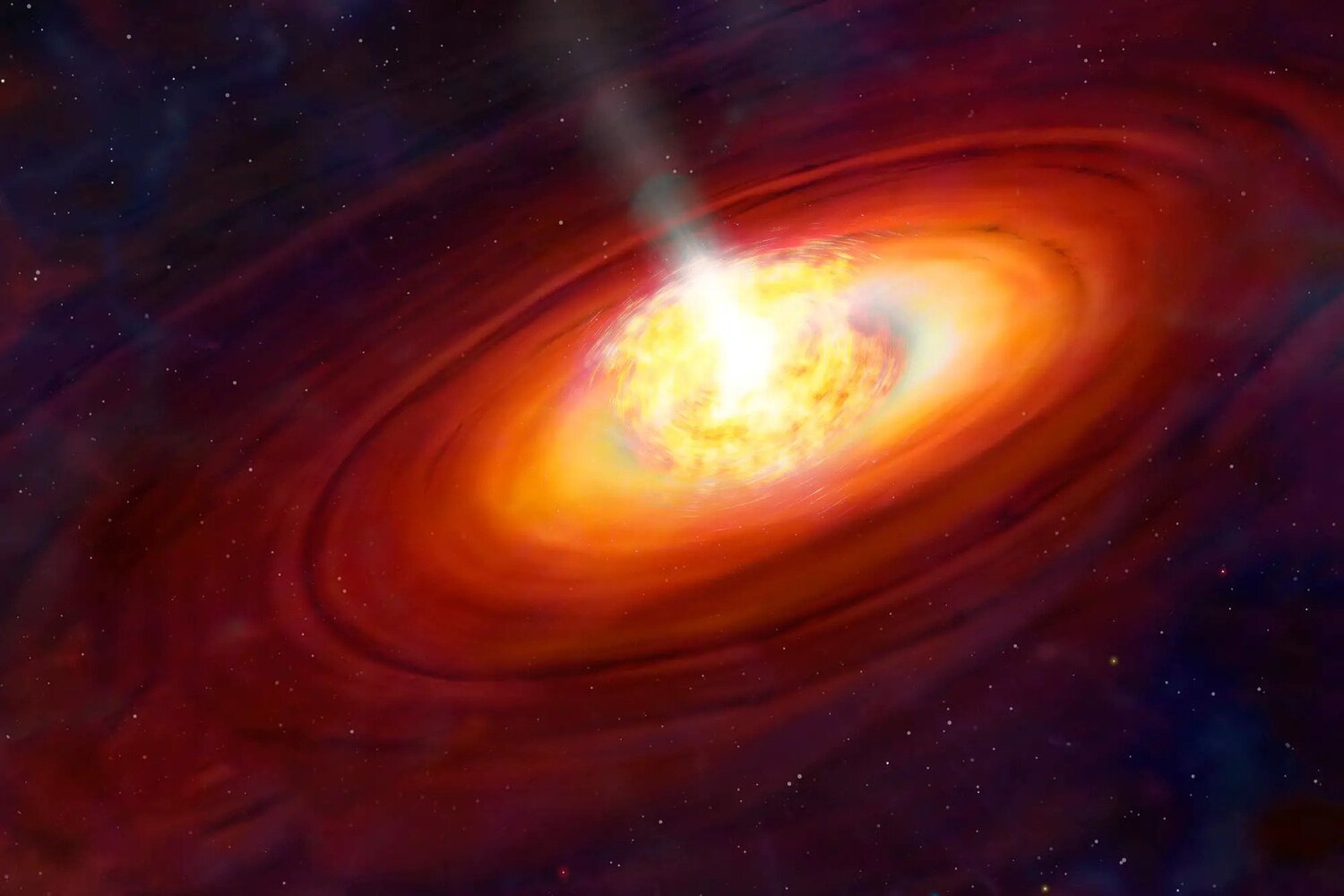Protostars represent the earliest stage in the formation of a star. They form deep within molecular clouds composed of gas and dust, where gravitational collapse initiates the birth of stellar objects. Although they do not emit visible light like mature stars, protostars are the foundation from which all stars eventually arise. This phase of stellar evolution is crucial for understanding the origins of stars and planetary systems. Here are fascinating and informative facts about protostars you may not have known.
- A protostar is an intermediate stage between a cold molecular cloud and a fully formed star. It forms when a region within a cloud collapses under its own gravity. As the core becomes denser and hotter, it evolves into a protostar. This process can take hundreds of thousands of years.
- Protostars are not visible in the optical range due to being surrounded by dense dust. They are detected using infrared telescopes that can sense their thermal radiation. Thousands of protostars have been discovered throughout the galaxy using this method. They are especially abundant in the Orion Nebula.
- The internal temperature of a protostar increases due to gravitational compression, but nuclear fusion has not yet started. The main energy source during this phase is gravitational energy. When the temperature reaches about 10 million kelvin, hydrogen fusion begins. At that point, the protostar becomes a main-sequence star.
- Protostars often form in groups rather than individually. A single molecular cloud can produce dozens or even hundreds of protostars at once. This process leads to the formation of star clusters and binary systems. The proximity of protostars can result in gravitational interactions between them.
- Some protostars eject high-speed streams of gas into space. These outflows, called jets, can stretch across several light-years. They interact with the interstellar medium and create shock waves visible in radio and infrared wavelengths. Jets are evidence of active accretion and growth.
- Protostars are often surrounded by an accretion disk. This is a flattened disk of gas and dust that rotates around the central object. Material from the disk gradually falls onto the protostar, increasing its mass. These disks may eventually form planetary systems.
- Protostars are classified based on their evolutionary stage and emission characteristics. The classes include 0, I, II, and III, with class 0 representing the youngest stage. Each class has specific features related to mass, brightness, and the presence of a surrounding disk. This classification helps astronomers track stellar development.
- The lifespan of a protostar is very short compared to that of a mature star. It may last from 100,000 to several million years depending on the mass. Massive protostars evolve faster and enter the fusion phase more quickly. The rate of development is strongly influenced by the initial mass.
- Protostars can vary greatly in mass. Some are too small to ignite nuclear fusion and become brown dwarfs. Others are so massive that they will evolve into supergiants. The future of a star is largely determined by its mass at the protostellar stage.
- Studying protostars provides valuable insight into the formation of our own Solar System. Scientists analyze isotopes in meteorites to reconstruct the conditions in the Sun’s protostellar disk. This research helps us understand the events that led to the formation of Earth. Protostars hold the key to our cosmic origins.
- Protostars are not unique to the Milky Way. They are observed in other galaxies, particularly in regions of intense star formation such as the Large Magellanic Cloud. Studying protostars in different galactic environments expands our understanding of universal stellar processes. This offers a broader view of how the universe evolves.
- Protostars are highly dynamic objects that can change rapidly over time. Astronomers have observed fluctuations in brightness, bursts of energy, and the emergence of new jets within just a few years. These changes are tracked using space telescopes like Hubble and James Webb. This makes protostars some of the most exciting objects for observation.
Protostars mark the beginning of a star’s journey, filled with complex physical processes and cosmic interactions. Their study reveals incredible facts about the evolution of celestial bodies and the history of the universe. Although invisible to the naked eye, protostars play a fundamental role in shaping galaxies and solar systems. The more we learn about them, the better we understand our place in the cosmos.





